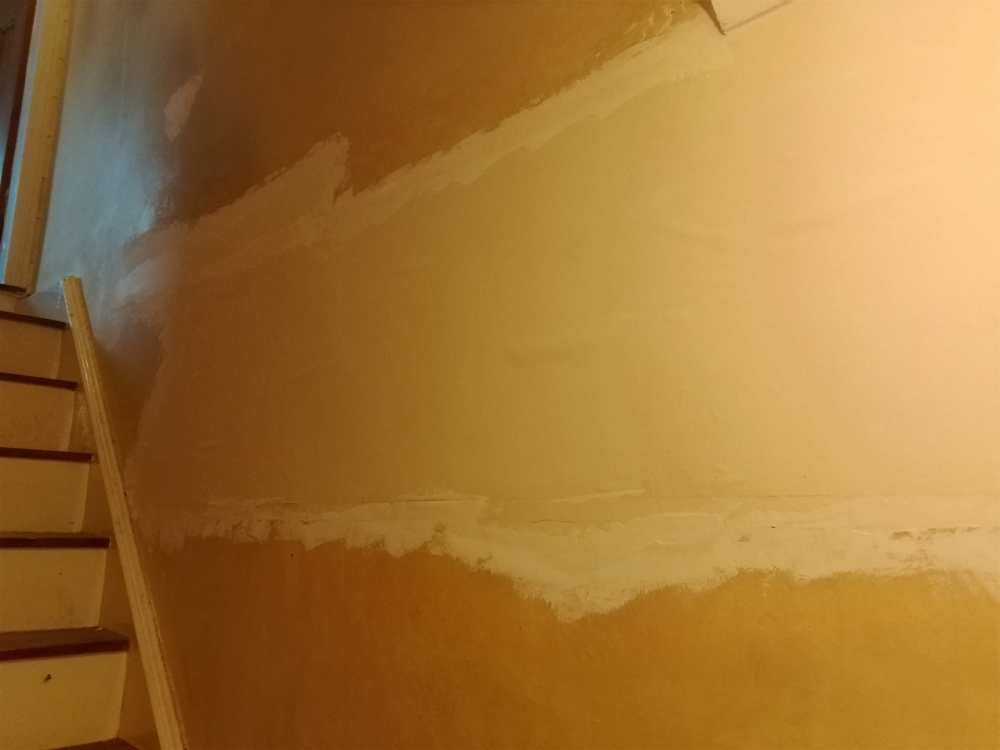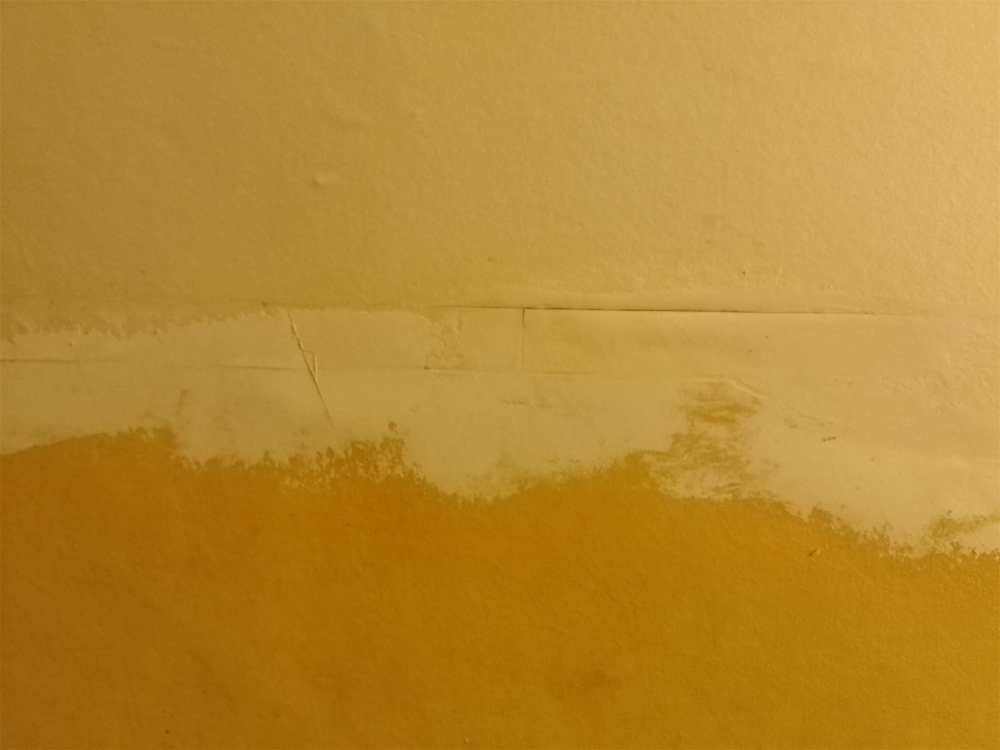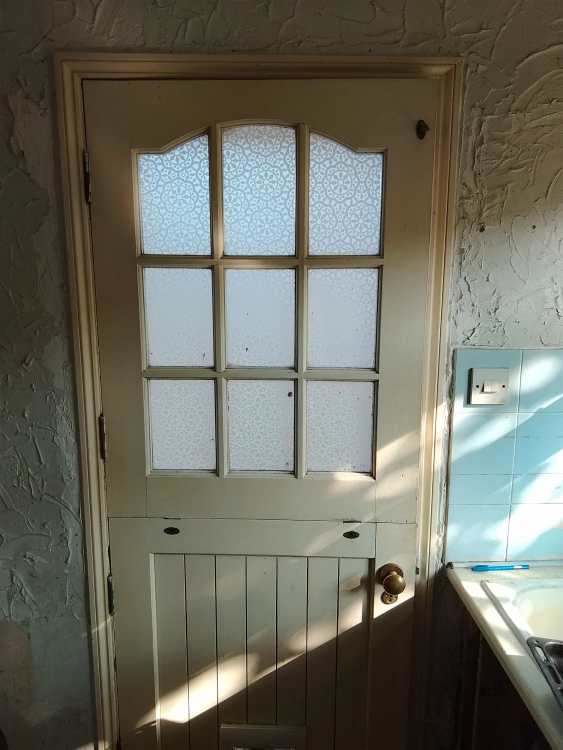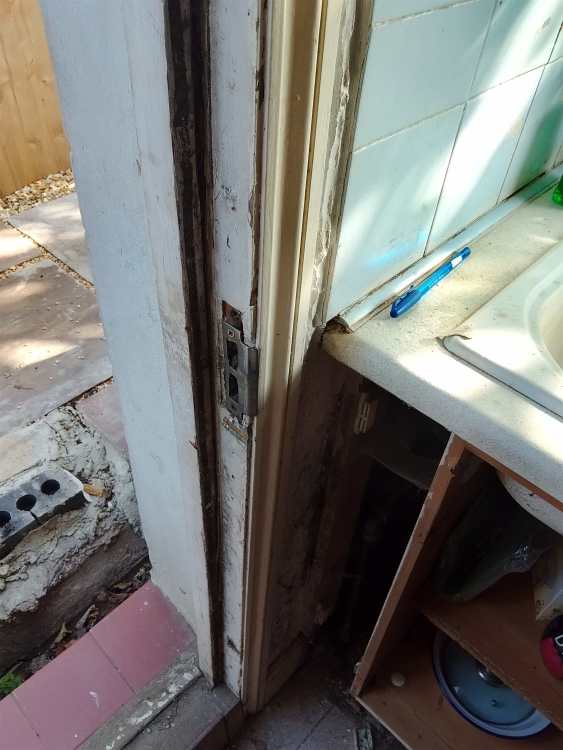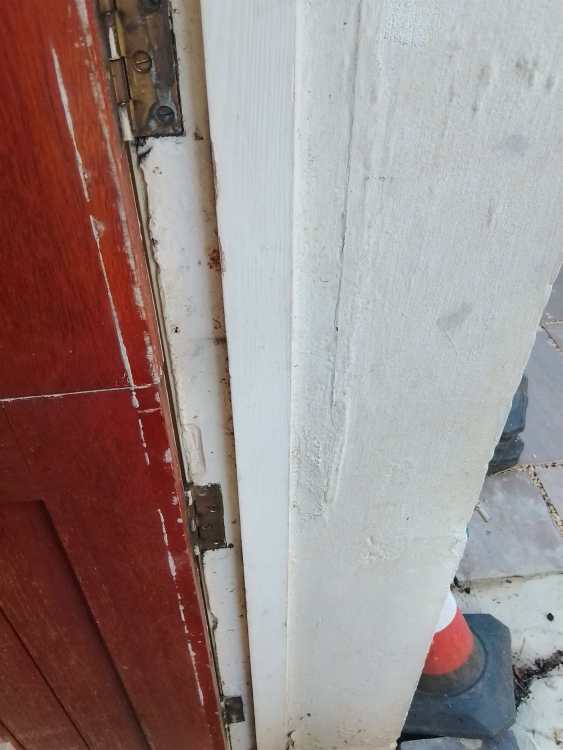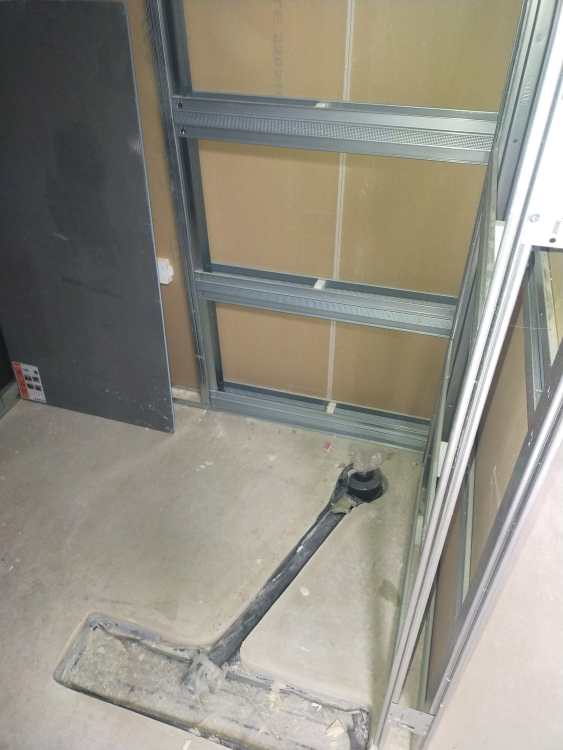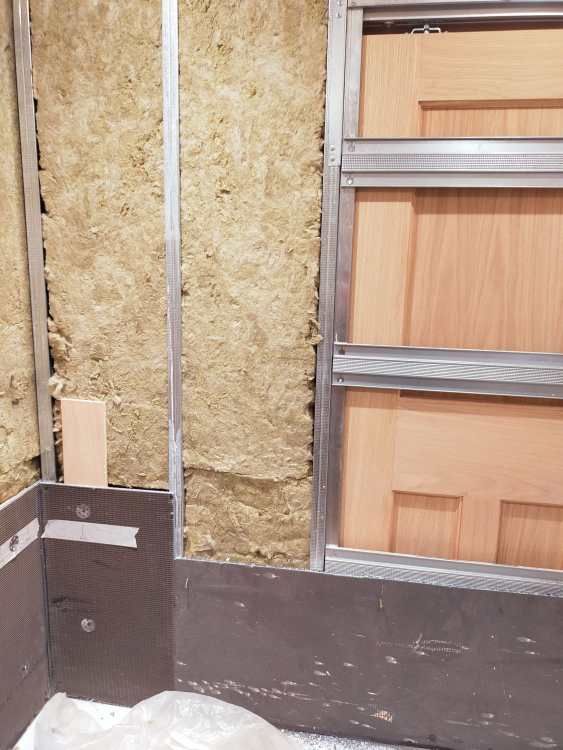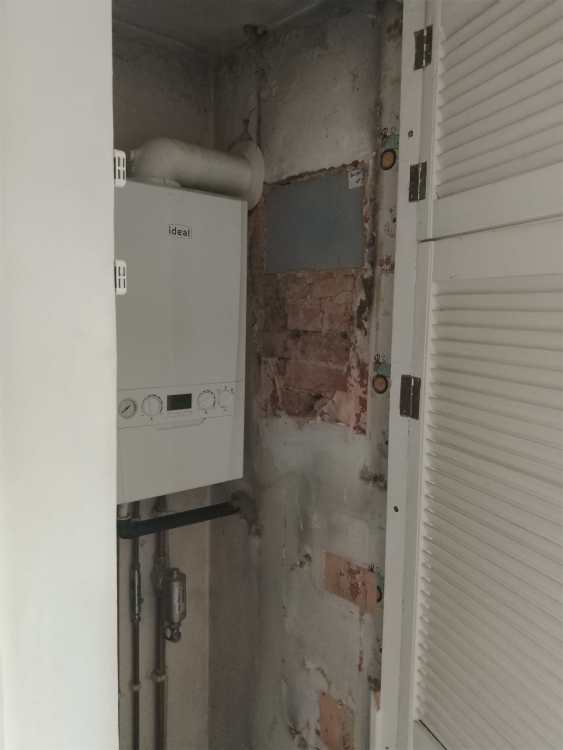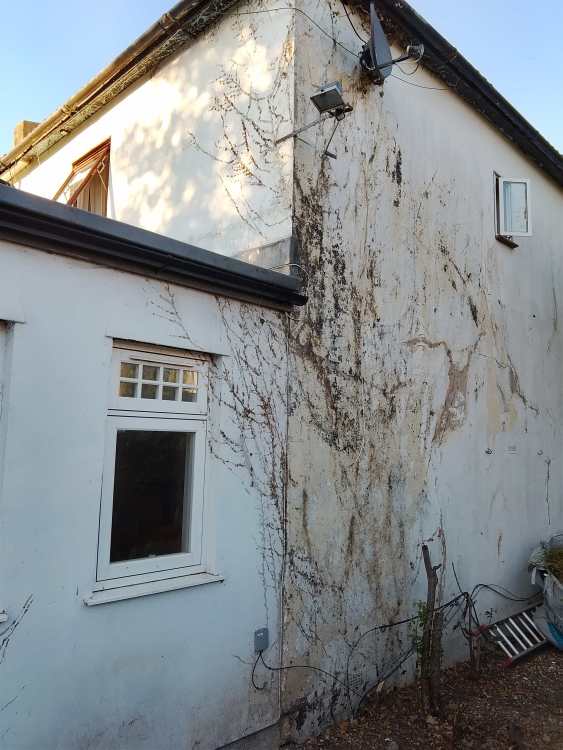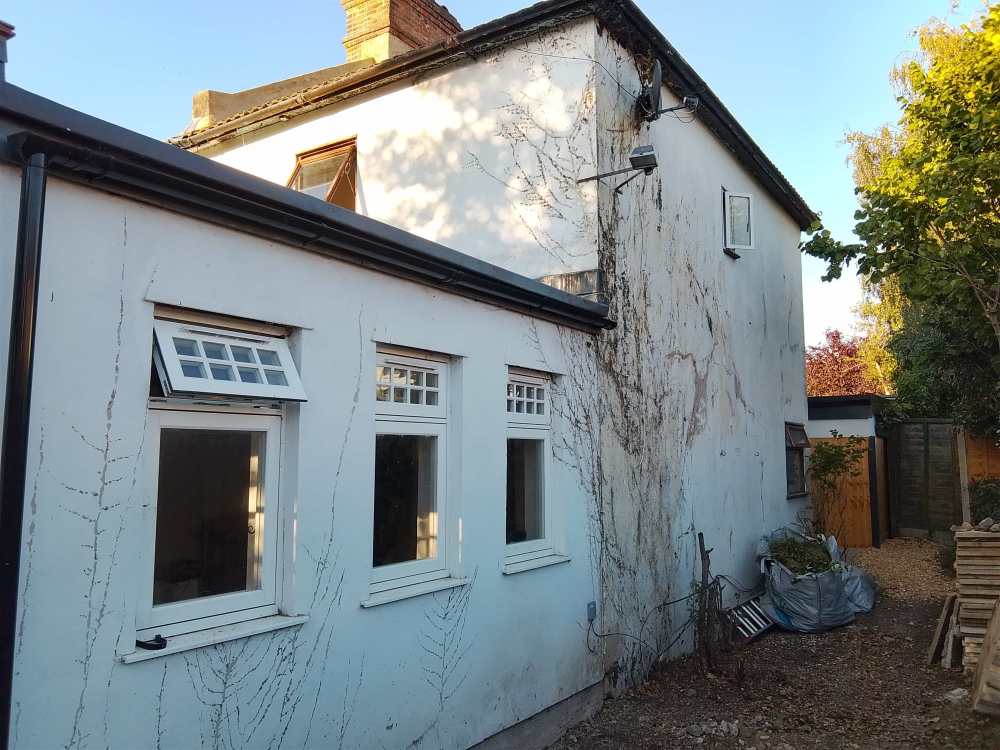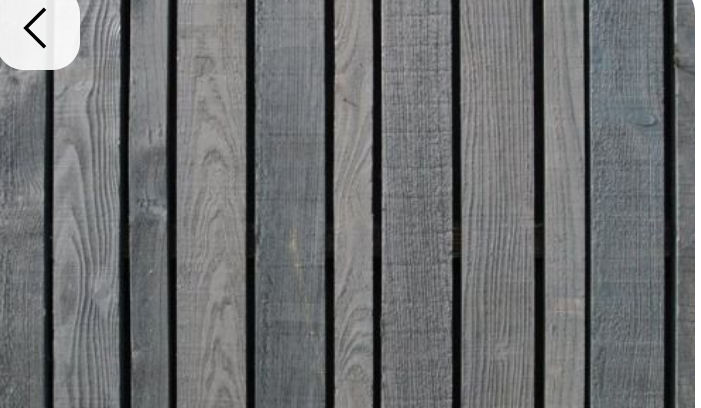
Tony K
Members-
Posts
516 -
Joined
-
Last visited
-
Days Won
1
Everything posted by Tony K
-
Sorry, I don't log in very often these days! As @andyscotland says, you can pack the frame up, or pick a shorter door. Obviously the first option works best if you don't need to then pack up all the surrounding framework as well, and the latter if your choice of doors permits. Personally I didn't have to worry about it. As you can see from my photos above, I had a screed base to fix directly onto. Underneath that is my underfloor heating, then insulation. I only needed to add either a combination of ditra matt and tile, or underlay and carpet, straight on top. That's probably about 17mm or so, and our standard doors were fine. You could trim the base of the doors, or perhaps adjust the hanging connectors where the doors meet the frame. From memory, there might be some scope for adjustment there which could get you over the problem.
-
Thanks. You'd reline the whole wall rather than just the affected area then? Would I be left with a visible distinction otherwise?
-
Afternoon all. The painted lining paper on an internal wall in our house had several areas of damage. I employed a 'decorator' to address this. He left me with a right old dogs dinner, as per the photos. He basically stuck up one new bit of paper, and smeared all edges and other damaged areas with filler. Her must've used half a tub yet somehow managed to leave a few ripped bits exposed. The house is an old cottage, so the walls aren't straight or pristine. I suspect the plaster is blown in places. I am looking to redecorate in a very simple way so we can sell this house and finally finish the SB. I am thinking of papering over the area with fresh lining paper, ahead of painting the wall. Will that work? Would I need to paper the whole wall, or can I get away with just the affect area? Any advice gratefully received! Thanks
-
No worries. A couple of other small things to think about: You can just about tell from the photos that the horizontal bars in the pocket frame sit proud of the width of the metal studwork in the walls. You may have to double line the wall adjacent to the pocket so that it all lines up flush. I think that still allowed me to limit the width of the wall to 100mm, but base your design on the width of the pocket door housing rather than the stud walls, as the former is slightly greater. Also, a lot of the metal stud companies do excellent technical detail sheets for corners, openings, walls etc. Worth looking at.
-
You have it spot on. My question really was whether there was a way to establish the dimension of the inner masonry opening without ripping off the architrave etc, as my worst case scenario is that I do all that only to find that a new door won't fit anyway.
-
Yes, they often do. My thinking was that I may be able to remove the internal architrave and some of the timber lining and fit the frame in there.
-
So if I buy a second hand composite door, am I causing myself a big problem, as it can't be shaved down?
-
Afternoon all. I'm trying to replace an old door. The door itself is 750mm wide. Standard doors, including the ones I am thinking of buying, are 762mm. The outer part of the existing opening is 750mm wide, then there is a simple timber frame outside the outer face of the door, then there is the door itself on the inner part of the opening. What I can't quite tell is whether a 762mm wide door could be made to fit. It seems to me that the door hinges are fixed into timber, suggesting that I could break out the architrave and the timber and make space for a new door. Am I missing anything here? Is there a way to tell whether a 762mm door would fit before I buy one, which doesn't include ripping out the architrave etc?
-
Here's a pic of two of my pocket door frames connected to form a right angle. You can see that the pocket prevents insulation being installed.
-
I used eclisse pocket doors in our SB, for the master bedroom, bathroom, en suite, WC, and utility room. All other doors are standard swinging ones. I went for the pocket doors as it's a small building and I squeezed every inch out of it to get all the rooms I needed in there. Without the pocket doors I couldn't have done it. From that perspective, they are brilliant. I found building the frames easy enough, and it worked well with the rest of the internal walls as I made them all out of metal frame. My internal walls are 100mm thick so as to save on space, and I've found no problem with that, but be aware that slim walls like that prevent you from fitting acoustic insulation in the area the door will occupy. In our case that means that noise from the bathroom shower is noticeable in the adjacent bedroom. Not the end of the world, and not much I could have done differently anyway, but worth thinking about at the design stage. We've been in for almost a year now and so far no signs of maintenance issues, though time will tell. Finally, take care that none of the plasterboard screws go through into the pocket space. We've now got a horizontal scratch on one of the doors due to this!
-
I used eclisse pocket doors in our SB, for the master bedroom, bathroom, en suite, WC, and utility room. All other doors are standard swinging ones. I went for the pocket doors as it's a small building and I squeezed every inch out of it to get all the rooms I needed in there. Without the pocket doors I couldn't have done it. From that perspective, they are brilliant. I found building the frames easy enough, and it worked well with the rest of the internal walls as I made them all out of metal frame. My internal walls are 100mm thick so as to save on space, and I've found no problem with that, but be aware that slim walls like that prevent you from fitting acoustic insulation in the area the door will occupy. In our case that means that noise from the bathroom shower is noticeable in the adjacent bedroom. Not the end of the world, and not much I could have done differently anyway, but worth thinking about at the design stage. We've been in for almost a year now and so far no signs of maintenance issues, though time will tell. Finally, take care that none of the plasterboard screws go through into the pocket space. We've now got a horizontal scratch on one of the doors due to this!
-
I went for a brand new composite door. It's quite nice looking, but I'm not convinced that I got value for money overall. I say that partly because there is already a 'knack' to opening it (though that's perhaps down to the fitting), but mostly I'm not convinced that a good second hand one wouldn't have done a perfectly good job for a tenth of the price. Ultimately we were driven by wanting exactly the right look for the house, and paid for it.
-
Are you thinking of putting the plaster board on the exposed brickwork, or one big sheet over the whole wall?
-
Afternoon all. I'm trying to do something with this exposed section of brickwork where an old boiler used to be. Any suggestions on how best to address the area?
-
Sorry for the late reply! No, I didn't try it. I just bottled it and spent silly money on a new door.
-
Would you use an orbital sander on the surface?
-
Evening all. I've taken a break from the SB to get our original house ready for sale. I admit to letting it get in a suboptimal condition whilst focusing on the SB, and am paying for that now! As per the photos, I've removed a load of ivy from the walls, though some of the attachments remain proud of the surface. Also, there are parts of the paint that have blown and are flaking off. Also also, some cosmetic, old cracks in the render are apparent. These are unlikely to assist in a quick sale. I am thinking of taking a sander to any problematic areas, sanding them back to a solid enough surface and then painting over the top. That's the sum total of my knowledge, planning, and ambition. This does strike me as the sort of thing others on here may have tackled and learned from, so does anyone have any helpful ideas or tips on how to repair kerb appeal in a cost effective (financial and time) manner? Cheers
-
I did think about that. Or round off the edges of the battens. Either way it's all extra work!
-
Interesting stuff. Regarding my vague plan to use a mix of deck boards and roofing battens, that would of course lead to inconsistent finish on the edges of the boards, in that the deck board has a slightly rounded edge, whereas the battens do not. I'll investigate sarking boards. Do they go by any other names? Initial web searches are returning mixed results!
-
I was thinking of a mix of deck board (smooth side showing) and roof batten maybe. Both are 25mm. I would have to paint or burn them as the battens are blue, of course, but seems pretty cheap per M2.
-
Hi all. I am planning to clad a reasonably modest surface area (external) in timber. It will be horizontal, stained, painted, or maybe burnt black or dark grey, and have shadow gaps. Inconsistent board widths are fine. This sort of thing... Most websites seem to advise cedar, larch, oak, or Douglas fir, but I wondered if anyone had experimented with other options? Someone on here once suggested buying sheet material and ripping it down, which is an interesting idea, but I'm not sure what material I would use? Any ideas or experience? Ta
-
Hi, for figs 11&16 I did a screen grab from an interactive map on the council website, pasted it on PowerPoint, then added the markings. For figs 12&13 I used the same council map, again, screen grabbed it and stuck it on PowerPoint, then expanded it up until it printed to scale. After that it was just a matter of using a scale ruler to measure all the houses on the map and creating a spreadsheet, the result being as you see it.
-
Using slurry primer to adhere to concrete twice?
Tony K replied to Tony K's topic in Landscaping, Decking & Patios
And am I doing the right thing by applying the slurry to the cleaned path surface, and also to the underside of the slabs? -
Evening. I am going to update this old concrete path by laying slabs on top. The path is stable and the levels work. My plan is to give the path a good clean, then, on a slab by slab basis, paint a layer of slurry primer straight into the path, then add my bed mix (I'm thinking 5:1) then back butter the slabs with further primer, then lay it. Is that effective? I can't think of a reason why it shouldn't be, but am not experienced in this area. Also, any tips on the best slurry? I've seen various recipes involving cement, PVA, various mix additives etc, but never used any. Cheers
-
I think perhaps my main concern is that I plan to have bookshelves in there and actually put books on them. Knowing me, that will be where most of them stay for years at a time, and I don't want them to get damaged while I'm ignoring them!

